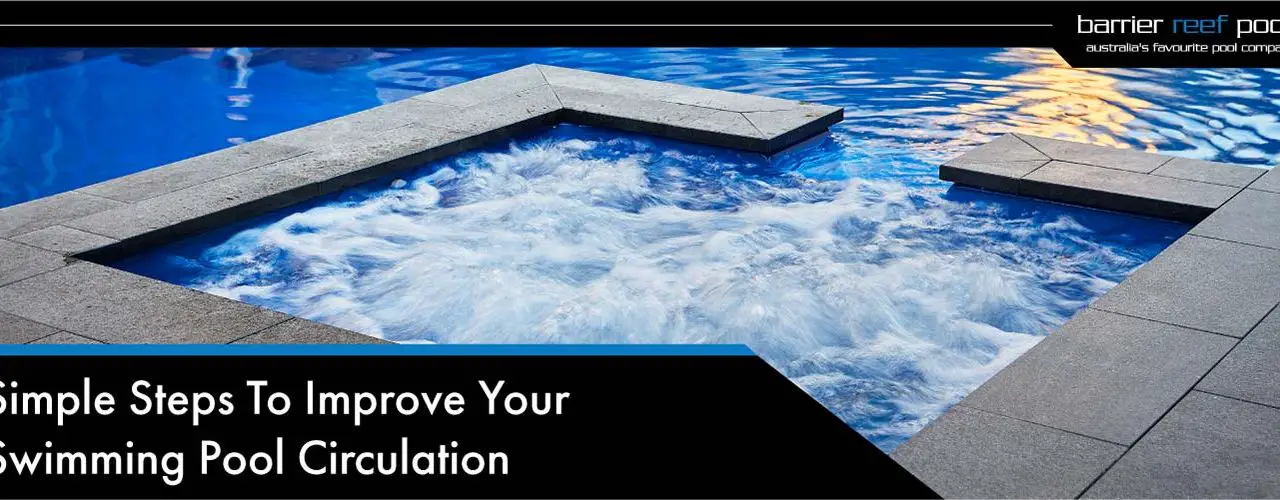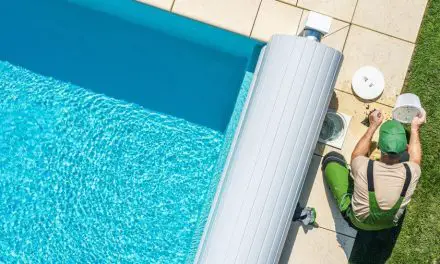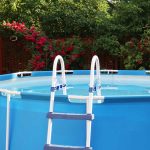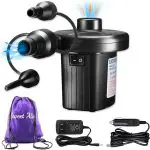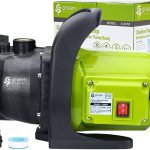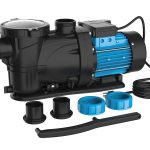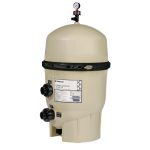To turn the pool pump on, follow these steps: 1. Make sure the power is turned on.
2. Flip the switch or press the button to activate the pump. A pool pump can be turned on by ensuring the power is on and then flipping the switch or pressing the button to activate the pump. This simple process ensures that the pool pump starts running efficiently and circulates the water effectively.
By properly maintaining and operating the pool pump, you can keep your pool clean and clear, and ensure that the water remains safe for swimming. We will explore the steps to turn the pool pump on and provide some tips for optimal pool pump operation.
Step 1: Ensure Power Supply
To turn on the pool pump, the first step is to ensure the power supply. Check that the power supply is connected and turned on.
Step 2: Locate The Pump Switch
To turn your pool pump on, start by locating the pump switch. It is usually found near the pool equipment area.
Step 3: Flip The Pump Switch
To turn the pool pump on, simply flip the pump switch to the ‘On’ position.
Step 4: Check For Proper Operation
To turn on the pool pump, follow these steps: First, listen for the sound of the pump motor running. Ensure that the water is flowing properly through the pool system. If you don’t hear the motor running, check the power supply and make sure it is connected.
Also, inspect the pump for any clogs or debris that may be obstructing the flow. Clear any blockages before attempting to turn on the pump. Additionally, check the pool’s water level and adjust if necessary. Once everything is in order, you can safely turn on the pool pump and allow it to circulate the water.
Regularly monitor the pump’s performance to ensure it is operating efficiently and effectively.
Step 5: Monitor The Pump
To ensure the proper functioning of your pool pump, it is crucial to monitor it regularly. Keep a close eye on the pump for any signs of malfunctions or unusual behavior. This will help you identify and address any issues early on, preventing further damage and costly repairs.
Look out for strange noises, vibrations, leaks, or a decrease in water circulation. Additionally, check the pump’s pressure gauge and filter pressure regularly to ensure they are within the recommended range. By actively monitoring your pool pump, you can maintain its efficiency and prolong its lifespan, ensuring a clean and enjoyable swimming experience for you and your family.
Step 6: Adjust Pump Settings (Optional)
To turn on the pool pump, you can adjust the pump settings, such as speed or timer, according to your preference. By doing so, you can optimize the pump’s performance and ensure it aligns with your pool’s needs. Adjusting the settings allows you to customize the pump’s operation based on factors like filtration requirements, water circulation, and energy efficiency.
Whether you want to increase or decrease the pump speed or set a specific timer schedule, these adjustments can be made easily. Remember to consult the pump’s manual for detailed instructions on how to navigate and modify the settings correctly.
Taking the time to adjust the pool pump settings can enhance its functionality and contribute to a clean and well-maintained swimming pool.
Step 7: Regular Maintenance
Perform regular maintenance on the pool pump to keep it in optimal condition. This ensures that the pump operates efficiently and extends its lifespan. Regular maintenance involves inspecting the pump for any leaks or damage and cleaning the filter to remove debris.
Additionally, check the pump’s motor and electrical connections to ensure they are working properly. Lubricate any moving parts and tighten any loose screws. It’s also important to check the water levels in the pool and adjust them as necessary. By following these maintenance procedures, you can ensure that your pool pump continues to function effectively and keeps your pool water clean and clear.
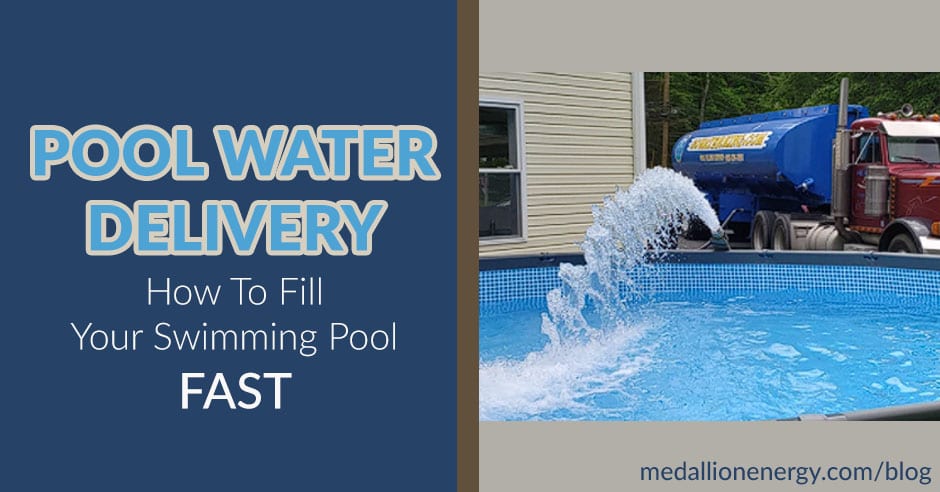
Credit: www.medallionenergy.com
Step 8: Troubleshooting
If the pool pump doesn’t turn on, you can refer to troubleshooting tips or seek professional assistance. Troubleshooting can help identify the underlying issue and provide possible solutions. Sometimes, the problem could be a tripped circuit breaker or a blown fuse, which can be easily fixed.
Other times, there may be a malfunction in the pump motor, wiring, or control panel, requiring professional help. It’s important to follow safety guidelines when troubleshooting and avoid attempting repairs beyond your expertise. Consulting with a pool technician who specializes in pump repairs can ensure a proper diagnosis and solution for your specific situation.
Remember to always prioritize safety and seek expert advice when necessary.
Frequently Asked Questions Of How To Turn Pool Pump On?
How Do I Turn My Pool Pump Back On?
To turn your pool pump back on, follow these steps: 1. Check the power supply and ensure it’s turned on. 2. Make sure the pool pump is properly plugged in. 3. Locate the pump’s switch or control panel. 4. Flip the switch or press the “On” button to activate the pump.
How Do I Manually Turn My Pool Pump On?
To manually turn on your pool pump, do the following: 1. Turn off the power supply to the pump. 2. Relieve air pressure by opening the air release valve. 3. Replace the basket if necessary. 4. Open the diverter valves. 5.
Check the water flow. 6. Open the main drain line. 7. Turn on the power supply to the pump. Remember to follow these steps carefully to safely and effectively turn on your pool pump.
Is There A Power Switch On A Pool Pump?
Yes, there is a power switch on a pool pump.
Conclusion
To ensure your pool pump operates effectively, it’s crucial to understand how to turn it on properly. By following a few simple steps, you can ensure your pool pump is up and running in no time. Start by locating the circuit breaker that controls the pump and flip the switch to the “on” position.
Next, check the pump’s motor to ensure it is receiving power and the connections are secure. Finally, adjust the time settings on the pump’s timer to fit your pool’s needs. Regular maintenance and routine checks are vital to keep your pool pump running smoothly and efficiently.
By properly turning on your pool pump, you can enjoy a clean and healthy swimming environment all season long. Remember, a well-maintained pool pump is essential for optimal pool performance.

